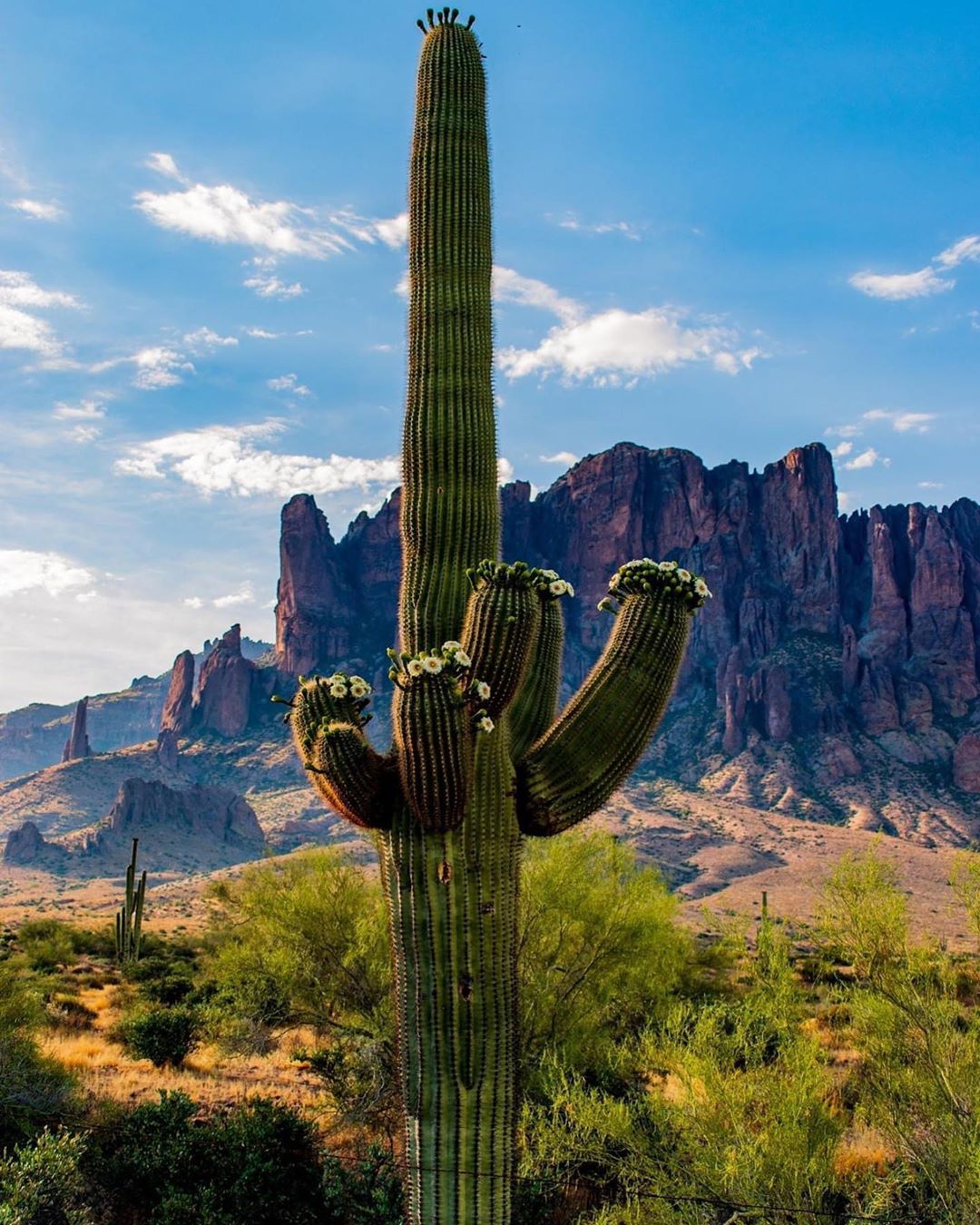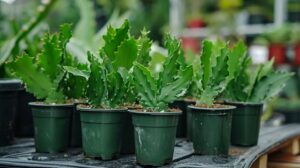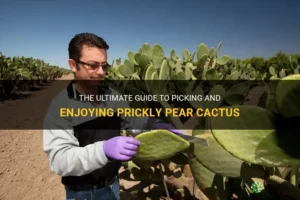Arizona is renowned for its diverse landscape, which includes vast desert expanses, rugged mountains, and lush canyons. Among its most iconic inhabitants are the vast array of cactus species that thrive in the arid conditions. Each type of cactus not only contributes to the ecological tapestry of the state but also plays a vital role in the cultural heritage of the Southwest. This guide presents a detailed overview of some of the most notable cactus plants found in Arizona, highlighting their characteristics, habitats, and uses.
Among the most recognizable cacti in Arizona is the Saguaro cactus, a symbol of the Sonoran Desert. It can grow to impressive heights, reaching up to 40 feet tall and living for over 150 years. The Saguaro cactus features a sturdy trunk crowned with numerous arms that extend outward, creating a distinctive silhouette against the skyline. During the spring, this cactus produces beautiful white flowers that bloom overnight and open in the cool of the night, attracting nocturnal pollinators such as bats and moths. By summer, the cactus produces sweet, ruby-red fruit that is edible and often harvested by local Native American tribes for traditional delicacies. The Saguaro’s ability to store water makes it an essential resource for the desert fauna as well as for local communities.
Another striking feature of Arizona’s natural landscape is the Organ Pipe cactus. This unique cactus is characterized by its multiple tall, slender arms that shoot vertically from the base, resembling a church organ. The Organ Pipe cactus is most commonly found in the Sonoran Desert’s warmer regions and thrives in the well-drained soils of rocky slopes and canyons. It blooms from May to June, showcasing clusters of tubular flowers in a range of colors, including white, pink, and purple, depending on the variety. These flowers are not only a visual delight but are also a critical nectar source for hummingbirds. In an arid environment, the Organ Pipe cactus serves as a testament to nature’s resilience, adapting beautifully to its challenging habitat.
The Barrel cactus is another fascinating specimen found in the arid regions of Arizona. Comprised of several species, the most prominent is the Arizona Barrel cactus. This plant is easily recognized by its rounded, barrel-shaped form and prominent ribs that run vertically along its sides. Typically, it stands about three feet tall and can reach a width of two feet. The distinctive yellow flowers emerge in the spring and add a vibrant splash of color to the desert landscape. One of the unique survival mechanisms of the Barrel cactus is its ability to store water within its fleshy tissues, allowing it to endure prolonged droughts. In times of dire need, the flesh of the cactus can be consumed as a source of hydration. Much like the Organ Pipe cactus, the Barrel cactus attracts various pollinators, including bees and butterflies, that assist in its reproduction.
Moving into the realm of smaller cacti, the Cholla cactus offers a multitude of fascinating varieties. The Teddy Bear Cholla is perhaps the most well-known, easily identified by its dense clusters of spines that appear soft and inviting but can deliver a painful sting upon contact. The Cholla cactus is typically found in more arid deserts, thriving in rocky soils and sandy landscapes. Cholla cacti produce vibrant yellow or pink flowers, which bloom in late spring and summer. The fruits of the Cholla, known as “cholla buds,” are edible and commonly used in salads and salsas. Harvesting these buds requires careful handling due to the dense spines, but they offer a unique culinary experience native to the region.
The Fishhook Barrel cactus is another notable variety that offers charm and utility. Its distinctive, curved spines resemble fish hooks, providing an excellent defense against herbivores. This cactus is particularly hardy, often thriving in harsh, drought-prone areas. The Fishhook Barrel cactus produces bright yellow flowers in the early summer, which serve as a welcome oasis for butterflies and bees. With its edible fruit, commonly referred to as “honey barrels,” the Fishhook Barrel not only has ecological significance but also offers sustenance to the local wildlife.
In addition to their ecological roles, cacti also possess cultural significance. For many Indigenous peoples of the Southwest, cacti symbolize nourishment and resilience. Beyond culinary uses, cacti form the basis of traditional practices, including weaving and crafting, showcasing the versatility of these plants. The intricate relationship between cacti and local cultures exemplifies the importance of preservation efforts, ensuring these majestic plants continue to thrive for generations to come.
To conclude, Arizona is home to a remarkable diversity of cactus species, each with unique adaptations that allow them to flourish in one of the harshest environments on Earth. From the towering Saguaro to the colorful blooms of the Cholla and Barrel cacti, these plants are more than just decorative features of the desert landscapes. They embody the ingenuity and resilience of life in arid conditions and hold deep cultural significance for the people who share their habitat. Understanding the various types of cacti not only enhances appreciation for Arizona’s natural beauty but also underscores the importance of conservation initiatives aimed at preserving these iconic plants. A visit to Arizona offers more than scenic vistas; it provides an opportunity to witness the splendor of cacti that stand as symbols of survival and adaptability in the wild.





Leave a Comment